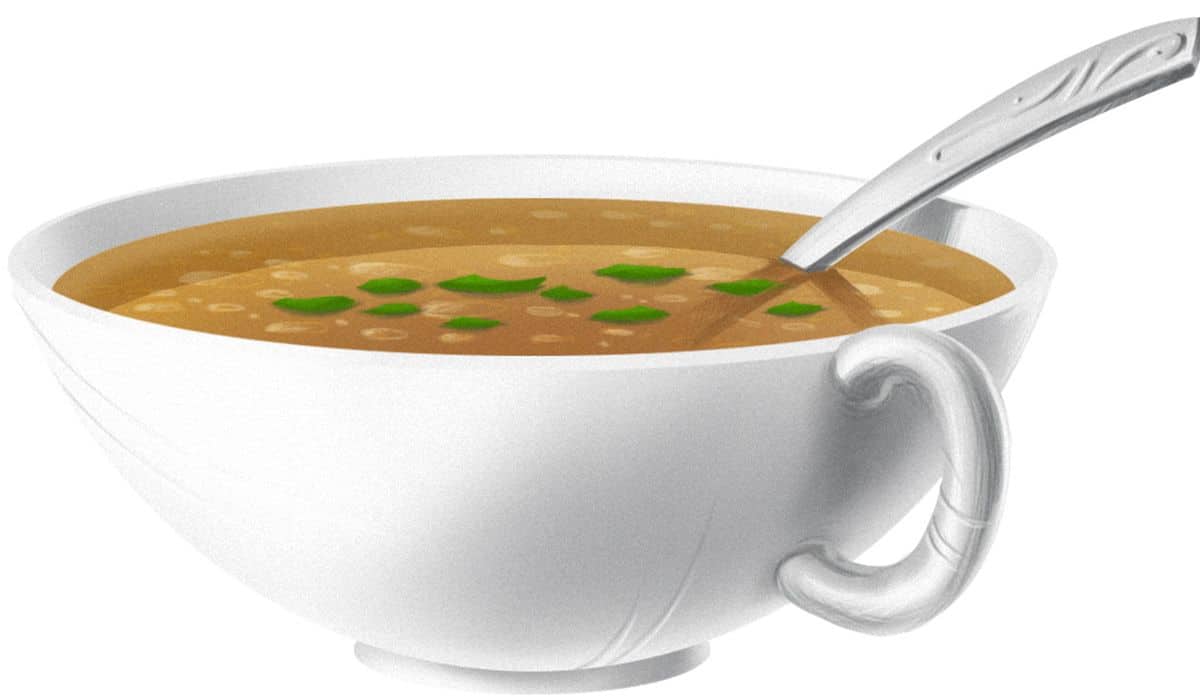Imagine a world where cooking with lard was the standard, and canola oil didn’t even exist. It might sound like a foreign country, but it wasn’t actually that long ago! Vintage cookbooks are absolutely full of Paleo-friendly recipes that embrace nutritious whole foods like egg yolks, liver, and butter – not to mention every part of the animal from head to toe!
Your grandmother (or great-grandmother, or great-great-grandmother, depending on how old you are) knew a whole lot about putting real food on the table. So here are 10 delicious vintage recipes that show off just how good food used to be.
1. Eggs with Brown Butter
Recipe from A Plain Cookery Book for the Working Classes (1852).
Brown butter is one of those simple culinary joys that will make you wonder how you ever lived without it. It’s like butter, but even more buttery – poured over eggs, it’s a delicious way to celebrate your love of healthy fats.
(And if you liked that, try this recipe for just the sauce on everything from vegetables to steak!)
2. Larding
Recipe from Domestic French Cookery (1836).
Larding is a technique that never should have fallen out of fashion: it’s basically “sewing” bacon fat through another kind of meat, so the base meat ends up imbued with the flavor of the bacon all the way through. It’s a quick and easy way to transform skinless chicken or turkey breast into a food with actual flavor, and it’s incredibly easy once you get the hang of it. You’ll need a larding needle, which you can buy for less than $10 online or at a cooking store.
3. Chestnut Soup
Recipe from New Vegetarian Dishes (1892).
Chestnuts are a delicious source of healthy carbs, and they're not only good roasted! Cooking them with a few other vegetables and some simple seasonings makes a very pleasant and mild soup, great for warming up on a cold evening.
4. Calf’s Feet Broth

Recipe from Directions for Cookery, in its Various Branches (1840).
Before we had Jell-O to eat when we were sick, we had broth, and it probably did a lot more for us! This broth recipe would gel perfectly – with 2 calves’ feet, it’s got plenty of collagen and other good stuff. Adding an egg yolk makes it even more nutritious: it's the perfect answer to a sick day when you need some nutrition but don't feel up to actually eating.
5. Savory Fat
Savory fat recipes: Recipe 1, Recipe 2, and Recipe 3, all from Foods That Will Win the War and How to Cook Them (1918).
Rendering your own fat is one of the easiest and cheapest ways to get high-quality animal fat into your meals – some butchers and farmers even give the raw fat away for free because nobody wants it! Plain home-rendered fat is already delicious, but it’s even better when you add some extras: here are three recipes for adding a little extra flavor to home-rendered fat, so you can get the “cooking with bacon fat” effect even if you’re not actually using fat that originally came from bacon.
(The recipe assumes that you already know how to render fat because…well, everyone at the time already did! If you don’t, here’s how to do it.)
6. Pickled Onions
Recipe from The White House Cookbook (1887).
These aren’t fermented, so they aren’t probiotic, but pickled onions are still delicious over salads or a baked potato. And unlike pickles you buy in a store, you can be sure that they won’t be full of preservatives and other unwelcome additions.
7. Spanish Tripe
Recipe from Better Meals for Less Money (1917)
Tripe is an organ meat we’ve mostly forgotten how to cook, but it used to be considered an affordable treat for people who didn’t have a lot of money to spend on groceries. Try this flavor-heavy recipe to dress it up a little in a Spanish-style stew: the vegetables and bacon help tone everything down a little so you don’t have to confront the tripe all on its own right away.
8. Bubble and Squeak
Recipe from The Cooking Manual of Practical Directions for Economical Every-Day Cookery (1877).
Leftover meat gets a new life with a reheating technique that won’t dry it out or make it tough – if you don’t like microwave-warmed leftovers, this is an easy workaround. And adding the cabbage makes it into a full meal.
9. Brains with Egg Sauce
Recipe from The International Jewish Cook Book (1919).
When wasting any part of the animal just wasn’t an option, people used everything and found a way to make it tasty – fortunately, brains don’t take a lot of work in that regard. They taste very light and almost fluffy, and they’re fantastic with the richer flavor of the egg sauce (just leave out the flour in the sauce).
10. Vegetables

Recipe from The Healthy Life Cook Book (1915).
Some recipes are valuable because they’re delicious, and some are just fun to read – this one is really in the latter category. This author of this advice on vegetables is on a nutritional crusade against boiled vegetables, and he’s not wrong! Boiled vegetables do actually lose a lot of nutrition, and they aren’t as tasty, either (even if you don’t completely agree with the author that eating them produces “pale, flabby individuals who succumb to the slightest strain, and suffer from chronic dyspepsia.”). So here’s to roasting, pan-frying, and even steaming over boiling the life out of your sides.





Leave a Reply